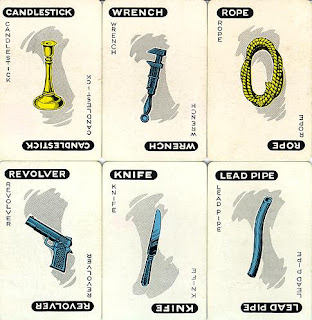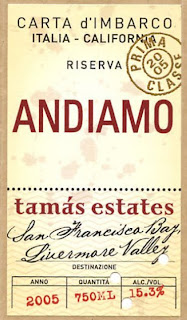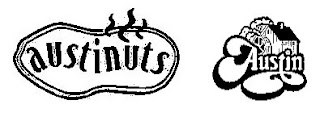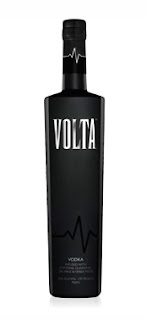Precedential No. 36: "MTOWN CLOTHING" and "MOTOWN" Confusingly Similar for Clothing, Croons TTAB
Perhaps Applicant Charles O'Rourke cried "the tears of a clown" when the TTAB sustained this Section 2(d) opposition to his application to register the mark MTOWN CLOTHING & Design for clothing [CLOTHING disclaimed]. The Board found confusion likely with the mark MOTOWN, registered for musical recordings and previously used for clothing. UMG Recordings, Inc., substituted for Universal Music Group v. Charles O’Rourke, 92 USPQ2d 1042 (TTAB 2009)
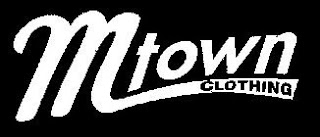
Post-Trial Registration Inadmissible: The Board first dealt with a procedural issue (one that probably led to the Board's deeming this otherwise straightforward case as precedential) regarding Opposer UMG's belatedly-issued registration for the mark MOTOWN for various clothing items. UMG pleaded ownership of the relevant application in its notice of opposition, and O'Rourke admitted UMG's ownership. UMG placed a copy of the application in evidence via its notice of reliance. In its main brief, UMG requested that the Board take judicial notice of the registration if it issued before final decision. O'Rourke argued in its final brief that UMG did not have a registration for clothing, but he did not specifically object to UMG's request.
After briefing was completed, the registration did issue, and UMG submitted a "status and title copy" along with another request for judicial notice. The Board, however, pointed out that it does not take judicial notice of USPTO records, and it refused to allow the registration into evidence. [What if the registration issued after the testimony period had ended but before final briefing? Too late, I think - ed.]
Likelihood of Confusion: UMG established prior use of the MOTOWN mark for clothing. It also proved the fame of the MOTOWN mark in the music industry. In the face of that evidence, only several "miracles" could bring victory to O'Rourke. [Do you "second that emotion"?]
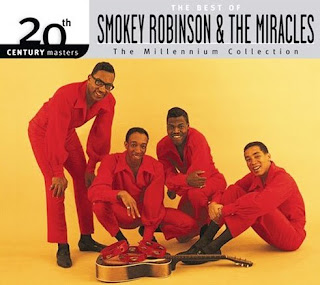
UMG established that various clothing items bearing the marks MOTOWN and M MOTOWN have been sold since 2003 at a retail shop at the Detroit Metro Airport, three years before O'Rourke's constructive first use date. The mark MOTOWN has also been licensed to the Motown Historical Museum since 1988, and to the Motown Cafe Orlando since 1999.
The Board found that "the similarities in the marks, the use of the marks for many identical items, and the overlap in channels of trade and classes of consumers are the most significant" du Pont factors here. [I.e., the same classes of consumers would "shop around" in the same trade channels.]
O'Rourke lamely argued that his MTOWN mark has a different connotation because the M in his mark "is an abbreviation for the 'Middle' in 'Middletown,' New Jersey" and therefore "connotes hometown pride in that place and in other towns whose names begin with the letter M." The Board, however, found it unlikely that consumers outside applicant's hometown will equate MTOWN with Middletown, New Jersey. "In short, may consumers may find the marks to have the same or very similar connotations."
The Board took particular notice of the commercial impressions made by the marks.
[T]he record is replete with evidence showing that both parties’ marks tend to be emblazoned across the fronts of items such as shirts and caps. Indeed, applicant essentially argues that his goods are bought to be worn as displays of hometown pride. When used in this way, the marks have very similar commercial impressions, and both are used in ways that turn a spotlight on the letter M. Overall, while the marks may have some dissimilarities as to sound or appearance, their connotations and overall commercial impressions are likely to be the same for many consumers.
Lastly, the Board noted that the MOTOWN marks are famous in the music industry, and that the licensed operations "may utilize decor and displays of memorabilia that draw an association between opposer's history in the music industry and the items marketed" in those locations. [And maybe they don't -
Opposer’s mark is famous for musical recordings and performances, and opposer has demonstrated that such fame has been exploited by its use of the mark on collateral products, including clothing. *** As a result, consumers familiar with opposer’s famous music industry marks, including the various MOTOWN and M MOTOWN marks, when subsequently confronted with clothing items adorned with applicant’s mark would likely conclude it was another variation on the marks used by or authorized by opposer for such goods.
And so, considering the relevant du Pont factors, the Board not surprisingly sustained the opposition.
TTABlog comment: Do you think it's easy trying to work in Smokey Robinson song titles into a post about a TTAB case? "Ooh baby baby" it's not. What do you do with "tracks of my tears," "you really got a hold on me," and "going to a go-go"?
Text Copyright John L. Welch 2009.




